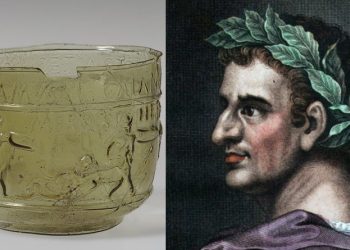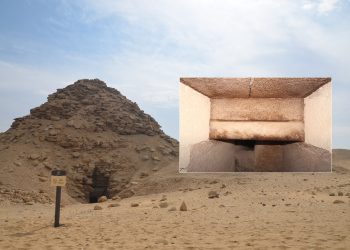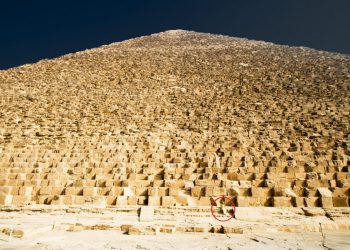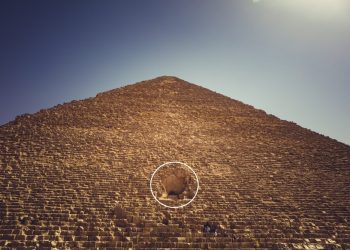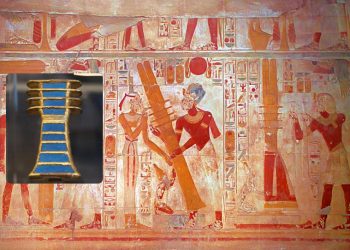During excavations at the Japanese Imperial Palace in Kyoto, archaeologists discovered the remains of a 16th-century stone wall and golden tiles, an architectural feature that points to the structure being a long-lost “Ghost Castle” constructed by the legendary Toyotomi Hideyoshi, a daimyo from the Sengoku period that unified Japan. But who was Toyotomi Hideyoshi, and why is this discovery important?
Toyotomi Hideyoshi, one of three nobles
Well, Toyotomi Hideyoshi (1537-1598) was one of the three nobles who put an end to the feudal fragmentation of the country, which would eventually lead towards a unified management system, coming to occupy the position of Kanpaku, the emperor’s chief adviser.
Researchers announced the discovery of a section of the stone wall and trench of a castle believed to have been built, according to ancient written sources, by Hideyoshi himself before his death. Until recently, scholars did not know what the castle looked like or if it was even a real castle, which is why it was often referred to as a “ghost castle.” The Imperial Palace, which has survived to this day, was built later, and during its history, it was rebuilt several times after various disasters.
The existence of a ghost castle
The discovery of the fortress wall confirmed that the “ghost castle” did exist. It was located in the southeast part of the modern Imperial Palace and occupied an area of approximately 32 hectares. Hideyoshi is thought to have lived there with his son and successor, Hideyori, who would also receive the rank of Kanpaku. In addition, the commander’s widow, a woman named Kita-no-Mandokoro, lived there after her husband’s death. Perhaps this marked the beginning of the tradition: rulers lived in the Kyoto Imperial Palace even after abdicating.
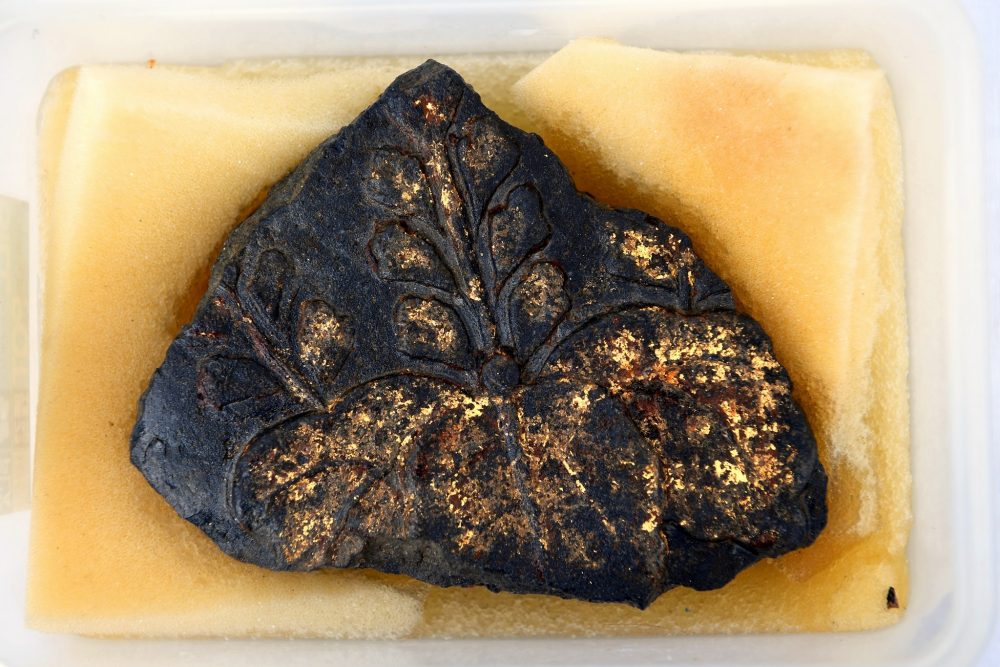
What the wall can tell us
As for the wall discovered by researchers, preliminary analysis of the discovery suggests it is oriented in a north-south direction. A site about eight meters long has been preserved. The wall height ranges from one to one and a half meters depending on what section of the walls is being looked at. Scholars say that the wall consists of three to four layers of stones.
A giant wall
Archaeologists believe that the upper part of the wall collapsed over time. Initially, the height of the fortress wall was about 2.4 meters. During the excavations, archaeologists found golden tiles depicting the Toyota family coat of arms, a crucial find that eventually led experts to identify the castle’s owner. According to Japanese scholars, the discovery of the castle is the greatest discovery of this century. Historical references have led most experts to think this castle was just a house surrounded by a wall. But finding the remains of the wall and the golden tiles also indicate that there was a majestic building there. Soichiro Kitagaki, an expert in ancient Japanese castles, believes that the Hideyoshi Castle was not accidentally located so close to the Imperial Palace. “The military leader was aware of the importance of building a structure worthy of admiration from court nobles and simply connoisseurs of beauty.”
Have something to add? Visit Curiosmos on Facebook. Join the discussion in our mobile Telegram group






